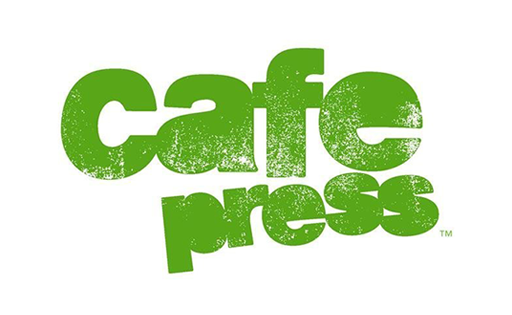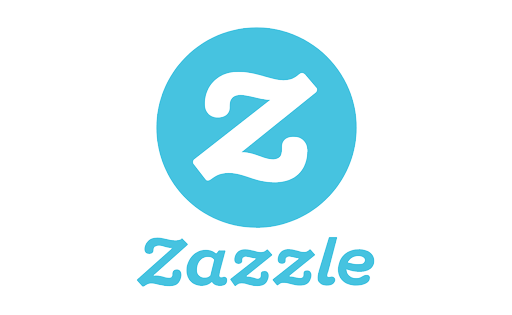Warrior Marks, also known as The Medal of Honor, has a rich history and cultural significance in the world of embroidery art. This intricate and delicate form of needlework has been used for centuries to depict symbols of honor, bravery, and achievement.
Embroidery itself is a form of decorative needlework that has been used for millennia to adorn clothing, accessories, and even furniture.
The intricate patterns and designs of embroidery reflect the cultural and aesthetic sensibilities of different societies, and often reflect their values, beliefs, and aspirations.
In many cultures, embroidery was traditionally done by women and was an important part of their daily lives. It was used to embellish clothing, home decor, and ceremonial items.
In some cases, the embroidery was used to signify a woman's social status or wealth. However, embroidery was also used to depict important events, such as battles or victories, and to honor the warriors who fought in them.
The Warrior Marks or The Embroidered Medal of Honor are a particular form of embroidery art that is used to commemorate military achievements and valor.
The intricate designs and patterns of this embroidery art often depict symbols of bravery, heroism, and patriotism, and may include images of weapons, flags, and other military insignia.
This embroidery art has a deep-rooted history in numerous cultures, including ancient Egypt, China, and India, where embroidered garments and accessories were often reserved for the nobility and military elite.
In medieval Europe, embroidery was used to adorn banners and coats of arms, and was an important form of artistic expression for the aristocracy.
The use of embroidery as a symbol of honor can be traced back to ancient China, where embroidered badges were used to distinguish soldiers who had performed exceptional acts of bravery.
In Japan, samurai warriors would wear embroidered crests on their clothing to signify their family's lineage and accomplishments.
In medieval Europe, knights would wear embroidered coats of arms to represent their noble heritage and feats of valor.
As embroidery techniques advanced, the art form became more elaborate and intricate. The use of gold and silver thread, pearls, and precious stones became more common, making embroidered items even more valuable and prestigious.
In some cultures, embroidery is still used today to honor warriors and their achievements. For example, the Navajo people of the American Southwest create intricate embroidered textiles called "Navajo rugs." These rugs often depict scenes from Navajo history and mythology, as well as images of animals and landscapes. The weaving and embroidery techniques used to create these rugs have been passed down through generations of Navajo women, making them a cherished and important part of Navajo culture.
The Embroidered Medal of Honor has been utilized by numerous countries and organizations to recognize and honor the sacrifices and bravery of their military personnel.
The designs and patterns of these embroidery art pieces may vary from culture to culture, but they all share a common purpose of paying tribute to the sacrifices and achievements of soldiers and warriors.
In the modern era, embroidery is still used to create Warrior Marks and Embroidered Medals of Honor. These items are often given to soldiers who have performed acts of bravery or have achieved significant accomplishments in the military. They are usually embroidered with intricate designs and symbols that represent the soldier's service and sacrifice.
Overall, embroidery art has a long and rich history of honoring warriors and their achievements. From ancient China to modern-day military service, embroidery has been a powerful way to depict acts of bravery and honor the individuals who perform them. The intricate designs and techniques used in embroidery make it a cherished art form, and one that continues to hold significant cultural and historical value.





























